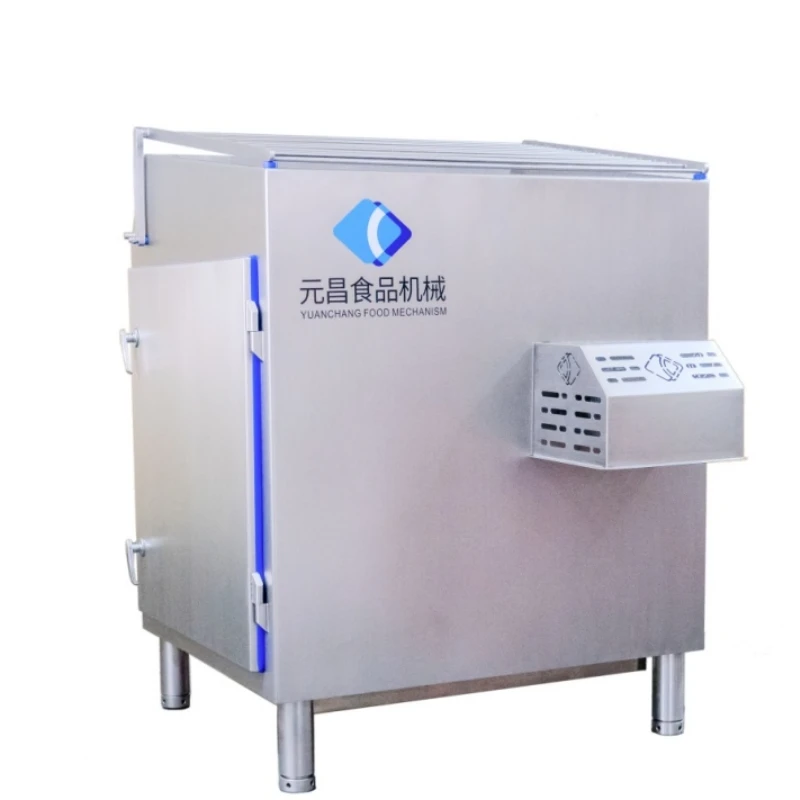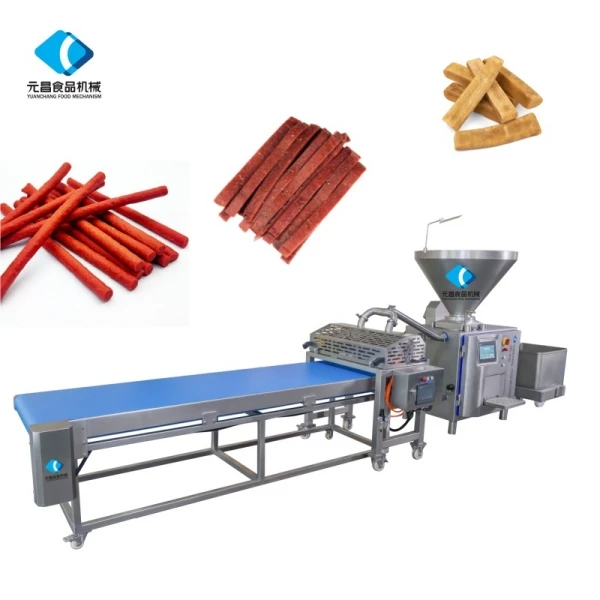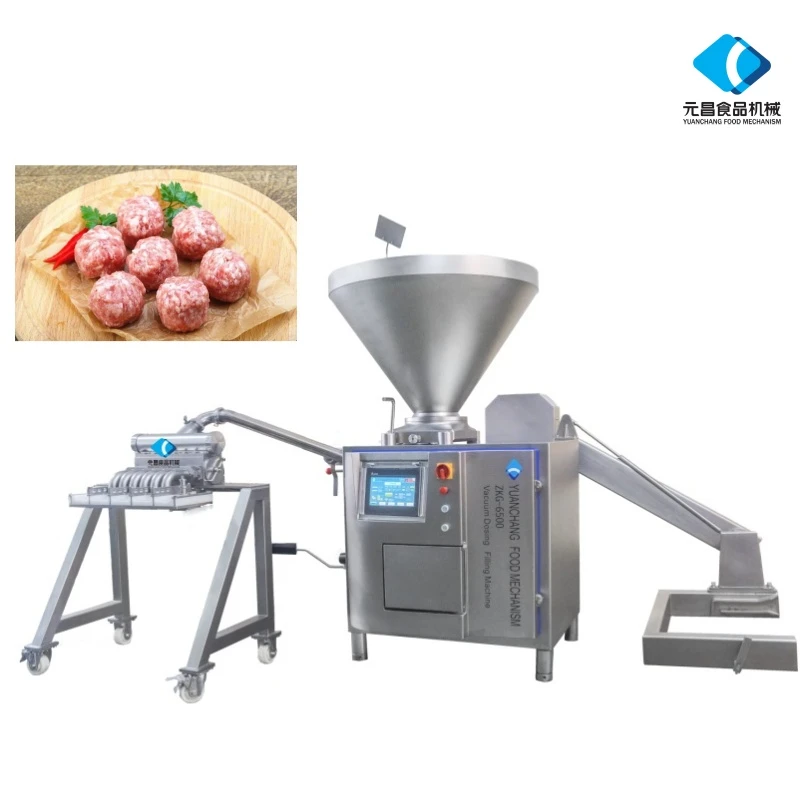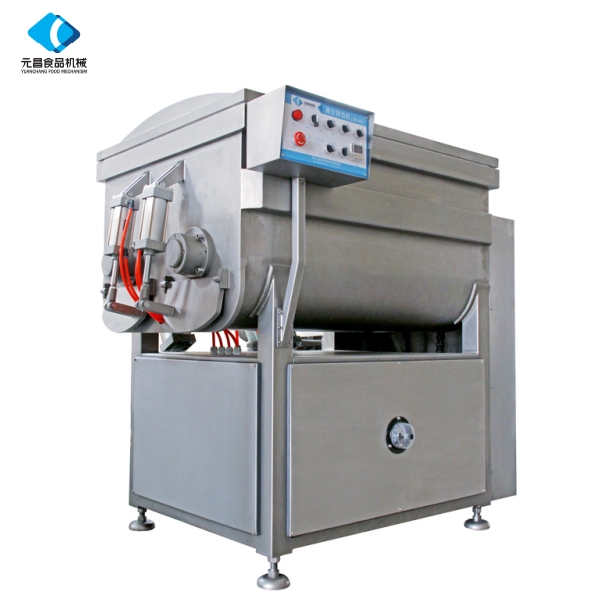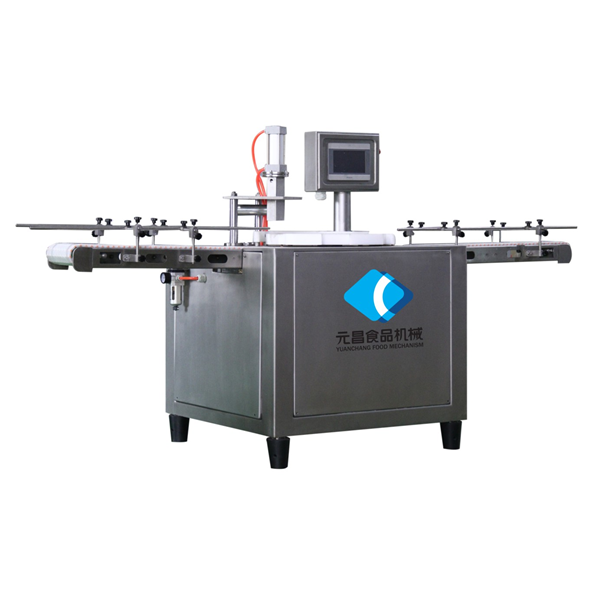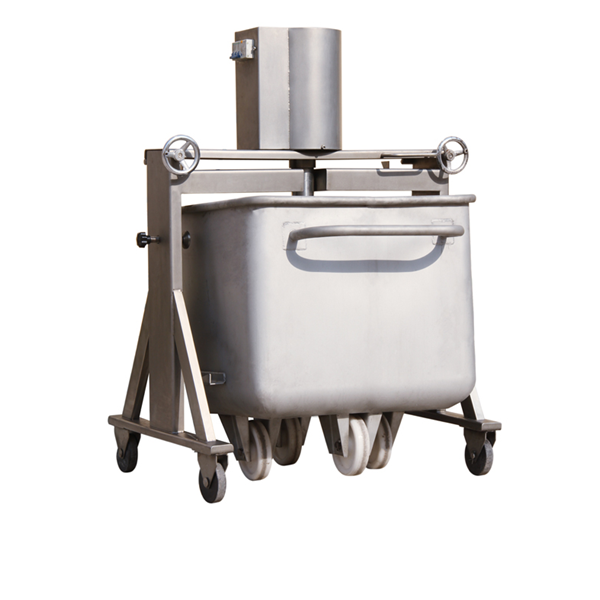- Afrikaans
- Albanian
- Amharic
- Arabic
- Armenian
- Azerbaijani
- Basque
- Belarusian
- Bengali
- Bosnian
- Bulgarian
- Catalan
- Cebuano
- chinese_simplified
- chinese_traditional
- Corsican
- Croatian
- Czech
- Danish
- Dutch
- English
- Esperanto
- Estonian
- Finnish
- French
- Frisian
- Galician
- Georgian
- German
- Greek
- Gujarati
- haitian_creole
- hausa
- hawaiian
- Hebrew
- Hindi
- Miao
- Hungarian
- Icelandic
- igbo
- Indonesian
- irish
- Italian
- Japanese
- Javanese
- Kannada
- kazakh
- Khmer
- Rwandese
- Korean
- Kurdish
- Kyrgyz
- Lao
- Latin
- Latvian
- Lithuanian
- Luxembourgish
- Macedonian
- Malgashi
- Malay
- Malayalam
- Maltese
- Maori
- Marathi
- Mongolian
- Myanmar
- Nepali
- Norwegian
- Norwegian
- Occitan
- Pashto
- Persian
- Polish
- Portuguese
- Punjabi
- Romanian
- Russian
- Samoan
- scottish-gaelic
- Serbian
- Sesotho
- Shona
- Sindhi
- Sinhala
- Slovak
- Slovenian
- Somali
- Spanish
- Sundanese
- Swahili
- Swedish
- Tagalog
- Tajik
- Tamil
- Tatar
- Telugu
- Thai
- Turkish
- Turkmen
- Ukrainian
- Urdu
- Uighur
- Uzbek
- Vietnamese
- Welsh
- Bantu
- Yiddish
- Yoruba
- Zulu
Premium Sausage Mills & Fillings Effortless Meat Processing
- Market impact of sausage production equipment
- Core technology and innovation breakdown
- Manufacturer performance comparison
- Industry-specific customization options
- Implementation success stories
- Maintenance optimization strategies
- Future outlook for processing equipment

(Колбасные мельницы и начинки)
The Essential Role of Sausage Mills and Fillers in Modern Production
Commercial sausage production has grown 18% annually since 2020, with equipment efficiency being the primary growth driver. Processing facilities utilizing automated sausage fillers report 40% higher output than manual operations, directly impacting profit margins. Contemporary sausage making integrates three critical systems: high-capacity meat grinders, precision stuffing equipment, and integrated mixing chambers. These components form the backbone of facilities processing between 500kg and 5,000kg hourly. The North American market for such machinery will reach $3.2 billion by 2026 according to industry analysts, reflecting increased demand for processed meats. Operations modernizing equipment typically recover costs within 14 months through waste reduction and throughput improvements.
Technical Engineering Behind Processing Equipment
Advanced hydraulic systems generate up to 32 bar pressure for consistent product texture, a 70% improvement over pneumatic alternatives. Stainless steel grinding components featuring laser-cut 3mm holes maintain precise particle size distribution critical for texture consistency. Patented vacuum-filling technology eliminates air pockets, reducing product rejection rates by 22%. Temperature-controlled hoppers maintain ingredients at 0-4°C during processing, extending shelf life significantly. Modern equipment incorporates programmable logic controllers allowing operators to store 200+ recipes with precise parameters for each sausage variety. Self-diagnosing sensors monitor motor loads, pressure thresholds, and component wear, predicting maintenance needs with 95% accuracy.
Performance Metrics Across Equipment Manufacturers
| Manufacturer | Daily Throughput | Energy Efficiency | Downtime (%) | Waste Ratio | Price Point |
|---|---|---|---|---|---|
| Wolfit ProSeries | 5,600 kg | 0.81 kWh/kg | 1.2% | 3.8% | Premium |
| Fama Industrial | 4,800 kg | 0.92 kWh/kg | 3.1% | 4.5% | Mid-range |
| GrindTech MasterLine | 3,900 kg | 1.15 kWh/kg | 5.4% | 6.2% | Entry |
| Vemag RoboFill | 7,200 kg | 0.78 kWh/kg | 0.8% | 2.9% | Ultra-premium |
Customization for Production Requirements
Processing plants can configure equipment with specialized attachments including 12 interchangeable dies for casing diameters ranging from 18mm to 45mm. Facilities producing gluten-free products implement dedicated allergen-control modules that reduce cross-contamination risk by 99.8%. High-volume operations frequently integrate inline marination injectors adding up to 15% liquid retention for value-enhanced products. Modular designs enable capacity scaling—base units handling 300kg/hour can expand to 2,000kg/hour through bolt-on components. Facilities requiring USDA/CE compliance can integrate documentation systems automatically generating compliance reports every 27 minutes.
Commercial Implementation Case Studies
Ferdinand Meats upgraded to automated stuffing systems last year, increasing production from 800kg to 1,900kg daily while reducing staffing requirements by 40%. Their return on investment occurred within 11 months through decreased product giveaway and higher efficiency. Similarly, Blue River Foods implemented vacuum filling technology, solving their air pocket issue which previously caused 12% rejection rates from retailers. They now report consistent product density with near-zero returns. Chicago-based Prime Cuts scaled operations using modular grinding attachments, diversifying from 5 to 17 sausage varieties without additional equipment purchases. Their revenue increased 34% within two quarters post-implementation.
Maintenance Protocols for Operational Longevity
Preventative maintenance schedules should include monthly hydraulic pressure calibration and quarterly motor brush replacement. Grinding plates require polishing every 250 operating hours to maintain peak performance—neglect can reduce throughput by 22%. Operators must conduct daily testing of safety interlocks and emergency stops, which prevent 89% of major equipment incidents. Seal replacements on vacuum chambers should occur every 6 months regardless of visible wear to prevent pressure loss. Operations tracking maintenance through digital logs experience 41% fewer breakdowns than those using manual records. Component lubrication with food-grade NSF H1 oils every 150 hours prevents bacterial growth in lubrication points.
Future Developments in Sausage Mills and Fillers
The industry is shifting toward AI-powered optimization systems that adjust grinding parameters in real-time based on meat texture analysis. Prototype equipment using MRI scanning can now detect fat content variations of 0.3% for unprecedented consistency. Sustainability initiatives focus on water reduction technologies that recirculate cleaning fluids, potentially cutting water usage by 70%. Modular designs will dominate future machinery releases, allowing processors to swap components quickly between poultry, pork, and alternative protein production. IoT integration enables remote diagnostics, with manufacturers predicting 80% of troubleshooting will occur offsite by 2028. These advancements position sausage milling and filling as central technologies in the global protein processing landscape.

(Колбасные мельницы и начинки)
FAQS on Колбасные мельницы и начинки
Below are 5 sets of FAQs in HTML rich text format addressing "Sausage Mills and Fillings" and related like "Grain Mills," "Meat Grinders and Sausage Stuffers." Each Q uses an H3 tag, and answers are concise (≤3 sentences).Q: What is a sausage mill used for?
A: Sausage mills grind meat and mix fillings consistently. They ensure uniform texture for homemade sausages. These machines streamline the filling process when connected to sausage stuffers.
Q: How do grain mills relate to sausage preparation?
A: Grain mills process cereals into flour or meal for sausage fillers. Ingredients like breadcrumbs or oats bulk out fillings economically. Freshly milled grains enhance flavor and texture in artisanal recipes.
Q: Why pair meat grinders with sausage stuffers?
A: Meat grinders mince meat, while sausage stuffers fill casings without air pockets. Combining them ensures efficient, seamless sausage production. Dedicated stuffers prevent overheating compared to grinder-stuffer attachments.
Q: What fillings work best for sausage mills?
A: Coarse-ground meats like pork or beef pair well with herbs, spices, and binders. Precooked grains (e.g., barley) or vegetables add texture. Avoid overly wet mixes to prevent clogging during milling.
Q: How to maintain sausage equipment post-use?
A: Disassemble and wash all parts with warm, soapy water immediately. Dry thoroughly to prevent rust or bacterial growth. Lubricate gears monthly for grinders and stuffers to ensure longevity.
-
Efficient Машина для резки говядины Precision & DurableNewsJun.07,2025
-
Professional Meat Grinder Machine Factory Industrial Quality & DurabilityNewsJun.07,2025
-
Commercial Meat Mincer Keema Machine for Sale High EfficiencyNewsJun.07,2025
-
Sausage Making Equipment for Sale - Professional & CommercialNewsJun.06,2025
-
Kolbasnaya Nachinka Premium Sausage Filling by Yuanchang & Meat Your MakerNewsJun.06,2025



